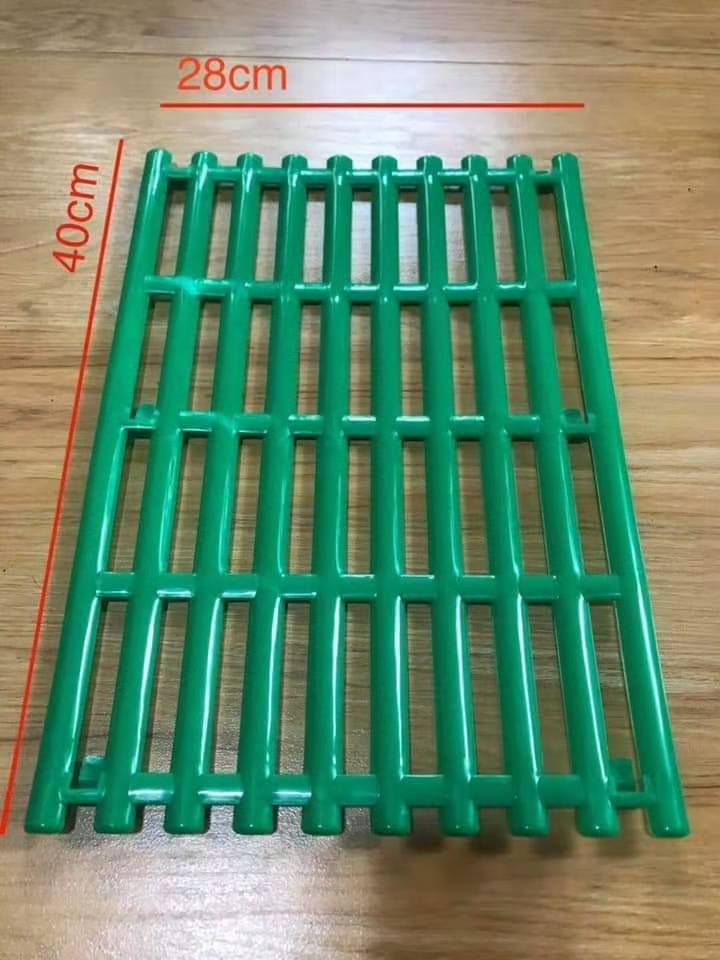Innovative Fish Feed Blending Equipment for Efficient Aquaculture Nutrition Management
Aug . 09, 2024 05:20 Back to list
Innovative Fish Feed Blending Equipment for Efficient Aquaculture Nutrition Management
Understanding Fish Feed Mixing Machines Their Importance and Functionality
In the realm of aquaculture, the efficiency and quality of fish feed are paramount to promoting healthy growth and maximizing yields. Among the various machinery that play a crucial role in this process, the fish feed mixing machine stands out as a vital component. These machines are designed to create a uniform blend of ingredients essential for producing high-quality fish feed, which directly impacts the health of fish and the overall profitability of aquaculture operations.
The Role of Fish Feed Mixing Machines
Fish feed mixing machines are engineered to combine various raw materials efficiently. The primary task of these machines is to ensure that all components—such as fish meal, grains, vitamins, and minerals—are mixed uniformly before the formulation is processed into pellets or other feed forms. The importance of uniformity cannot be overstated; inconsistency in feed composition can lead to nutritional deficiencies in fish, adversely affecting their growth, health, and immune responses.
These machines are crucial for both small-scale fish farming operations and large commercial aquaculture enterprises. A well-mixed feed will not only promote optimal growth rates but also enhance feed conversion efficiency, meaning fish can convert feed into body mass more effectively. This ultimately leads to reduced feeding costs and improved profitability.
Types of Fish Feed Mixing Machines
Various types of fish feed mixing machines are available in the market, each designed for specific applications and scale of production
. The most common types include1. Horizontal Mixers These machines utilize a horizontal trough and rotating blades to mix ingredients. They are known for their efficiency and ability to process large batches of feed quickly.
2. Vertical Mixers As the name suggests, these mixers operate vertically. They are often more compact and suitable for smaller operations, although they can still achieve a high degree of mixing.
3. Batch Mixers These machines are designed to mix predetermined amounts of feed ingredients in a single batch. They are ideal for operations that require quick changes in formulations.
fish feed mixing machine

4. Continuous Mixers For large-scale operations, continuous mixers keep the feed components flowing, allowing for uninterrupted production and consistent feed output.
Key Features to Consider
When selecting a fish feed mixing machine, several factors must be considered to ensure it meets the specific needs of the aquaculture operation
- Capacity The output capacity of the mixer should align with the scale of production, whether for small farms or large commercial ventures.
- Mixing Efficiency The design and technology behind the mixing process should guarantee an even distribution of all ingredients to avoid segregation.
- Ease of Cleaning Frequent cleaning is essential to maintain hygiene and avoid contamination. A machine that is easy to disassemble and clean can save time and labor costs.
- Durability and Material Quality Since these machines operate in often demanding environments, they should be constructed from durable materials that can withstand wear and tear over time.
Conclusion
In conclusion, fish feed mixing machines are an indispensable part of the aquaculture industry, ensuring that fish receive the balanced nutrition they need to thrive. By investing in efficient, high-quality mixing machines, fish farms can improve their production processes, promote healthier fish, and enhance overall profitability. As aquaculture continues to grow globally, the importance of these machines will only increase, highlighting their critical role in sustainable fish farming practices.
-
Hot Sale 24 & 18 Door Rabbit Cages - Premium Breeding Solutions
NewsJul.25,2025
-
Automatic Feeding Line System Pan Feeder Nipple Drinker - Anping County Yize Metal Products Co., Ltd.
NewsJul.21,2025
-
Automatic Feeding Line System Pan Feeder Nipple Drinker - Anping County Yize Metal Products Co., Ltd.
NewsJul.21,2025
-
Automatic Feeding Line System - Anping Yize | Precision & Nipple
NewsJul.21,2025
-
Automatic Feeding Line System - Anping Yize | Precision & Nipple
NewsJul.21,2025
-
Automatic Feeding Line System-Anping County Yize Metal Products Co., Ltd.|Efficient Feed Distribution&Customized Animal Farming Solutions
NewsJul.21,2025






